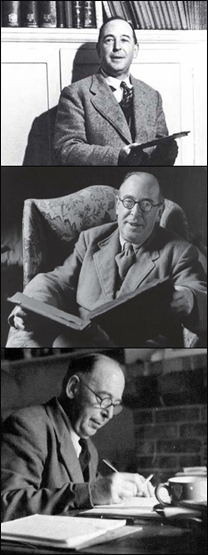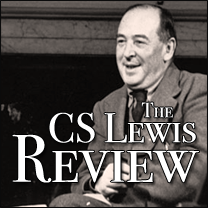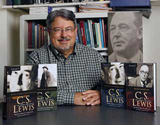
Musings from the Preface
July 30th, 2005 | Skip to comments
(Note: This is an excerpt from the preface to one of my two news books on Narnia, coming out in September from Broadman and Holman, Further Up and Further In: Understanding The Lion, the Witch, and the Wardrobe)
If a writer is honest, he will confess that his book really has many “authors”-or at least countless unnamed and unnameable influences, some direct, some indirect, some ridiculous, some sublime, and some completely nonliterary. I must acknowledge a semblance of them here. Over the years my understanding of Narnia has been shaped by many friends and readers of C. S. Lewis, none more profoundly than my wife, Joan, who introduced me to The Chronicles soon after we were married. I had already been enamored of Lewis but not of his fiction as such.
But Joan has an intuitive sense of what’s important and lasting in a book or a life and more than thirty years ago shared her insights with me. For this I will always be indebted to her first. Sweetie, thank you for many hours of quiet walks and deep, reflective conversation on what’s real. Though it may seem odd, a significant portion of this book was written while I was in Tunis, Tunisia, North Africa, directing the computer training aspects of a U. S. State Department Middle East Partnership Initiative Grant designed to train Tunisian journalism students in what it means to serve their readers under a democratic, free press regime. At the same time I was away in Tunis, my wife, Joan, was serving in a relief and training mission herself in Rwanda and Burundi, East Africa, equipping widows and abandoned mothers and children in how to sew and weave and earn a living for their families.
Somehow reflecting on Joan’s servant heart and willingness to take risky journeys and my experience of the earnest and eager efforts of my students in Tunisia have been a real inspiration to me to see Narnia afresh, as we were both “strangers in a strange land,” just as Peter, Susan, Lucy, and Edmund were when they went through the wardrobe the first time. That strangeness is compelling and hard to preserve, but it is worth preserving. No one has taught me more how about to read Clive Staples Lewis than Lewis himself, and I urge anyone who has come to Professor Lewis through the reading of The Lion, the Witch and the Wardrobe immediately to stop what she or he is doing and read everything else (I mean everything) Lewis has written on all topics. This is the best preparation for truly understanding and appreciating Narnia for all that it is worth.
Of course, that could be impractical. So let me point the reader especially to Lewis’s Surprised by Joy, which provides unwitting but poignant commentary on the underlying themes of The Chronicles; because he has already lived their lives in some fashion, he can provide expert testimony to “reasons for the hope that is in” the Pevensie children during their sojourn in Narnia. The “For Further Reading” bibliography following chapter 6 of Further Up and Further In provides some immediately helpful guidance for those who want more traditional secondary sources for advanced study. There you will find the names of those people most to be entrusted with the Lewis legacy: Lindskoog, Dorsett, Downing, Duriez, Root, Schakel, Hooper, Hinten, King, Ford, Carnell, and Kreeft. Each of these writers-some of whom I count as friends and fellow scholars and some of whom I regard as pedestal-dwelling giants (you decide who you are!)-contributes much to our understanding of who Lewis is, how Narnia came to be, and why we should we rejoice. These writers all exemplify what Lewis said about the New Testament writers in his essay on “Christianity and Literature”: “they cared not about Genius, but about Goodness.” Their genius comes through anyway.




Comments
No comments yet.
RSS feed for comments on this post.
Sorry, the comment form is closed at this time.